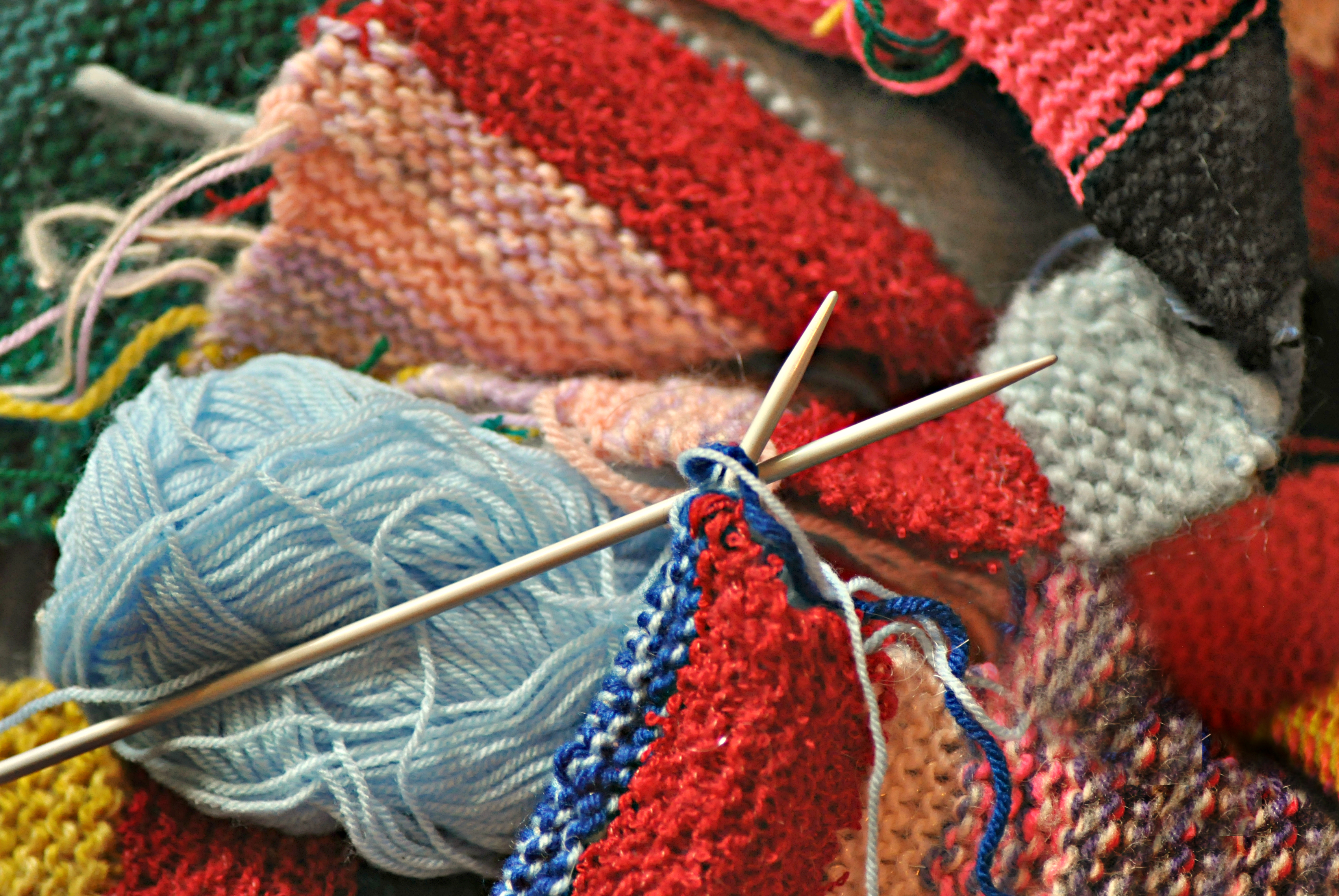Rebecca Burgess and Fibershed
Author: | Published: May 6, 2016
In 2010, Burgess decided to spend an entire year wearing only apparel that had been produced within 150 miles of her home in Northern California. “I think of [Fibershed] as a framework, an open door,” Burgess says. “You’re invited to make relationships with farmers and ranchers and dyers and spinners, and learn things about compassion and care, and become of your place.” In California, the last cotton mill was closed in the 1990s, and the wool industry (including the milling sector) had shrunk considerably.
Burgess is the author of Harvesting Color, a book on botanical dyes. She has also spent time studying textile production in Southeast Asia, so she possessed a clear vision of her ultimate, if far-off goal. “I had physical, real-time experience working in small communities where people were growing dye plants, growing their fibers, and growing their food in multigenerational families and trading those textiles to get goods they couldn’t produce themselves,” she says. She had also examined urban textile production, where workers were housed in dormitories, separated from family and tradition. “They were structurally isolated and displaced from the land base, because there’s work in the city. There are multiple reasons why people move to the city, but the one that people talk about is jobs.”
Burgess noticed the intangible price textile workers were paying for those jobs. “I saw a lot of people who were not very happy,” she recalls. “There was such a contrast. In the textile villages, people were physically healthier, there was less crime, the elderly were taken care of, the children taken care of. There were multigenerational families centered around a strategic land base. And you start to realize that in the West, we’ve become so disconnected from production cycles, from how our consumption is impacting communities.”

